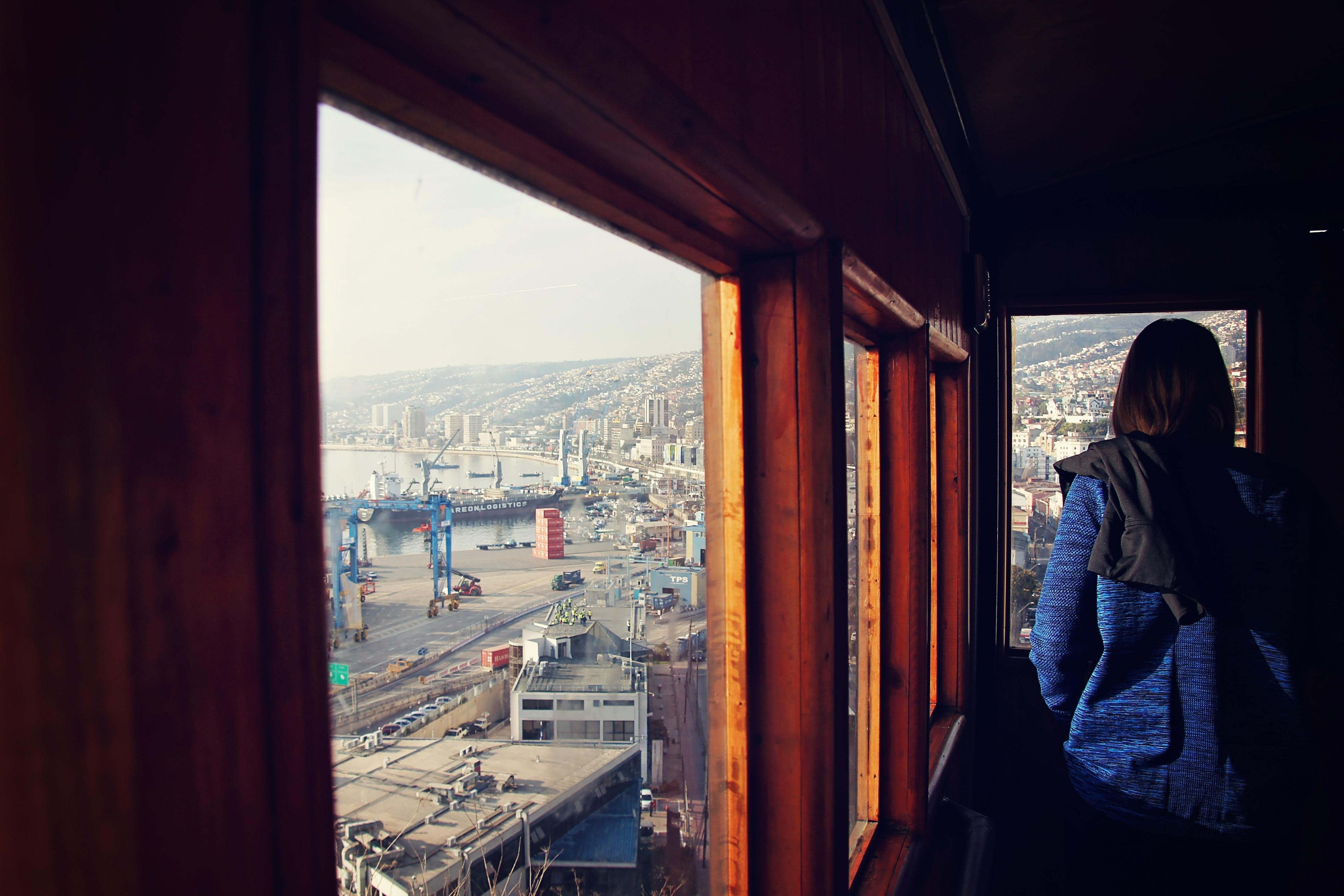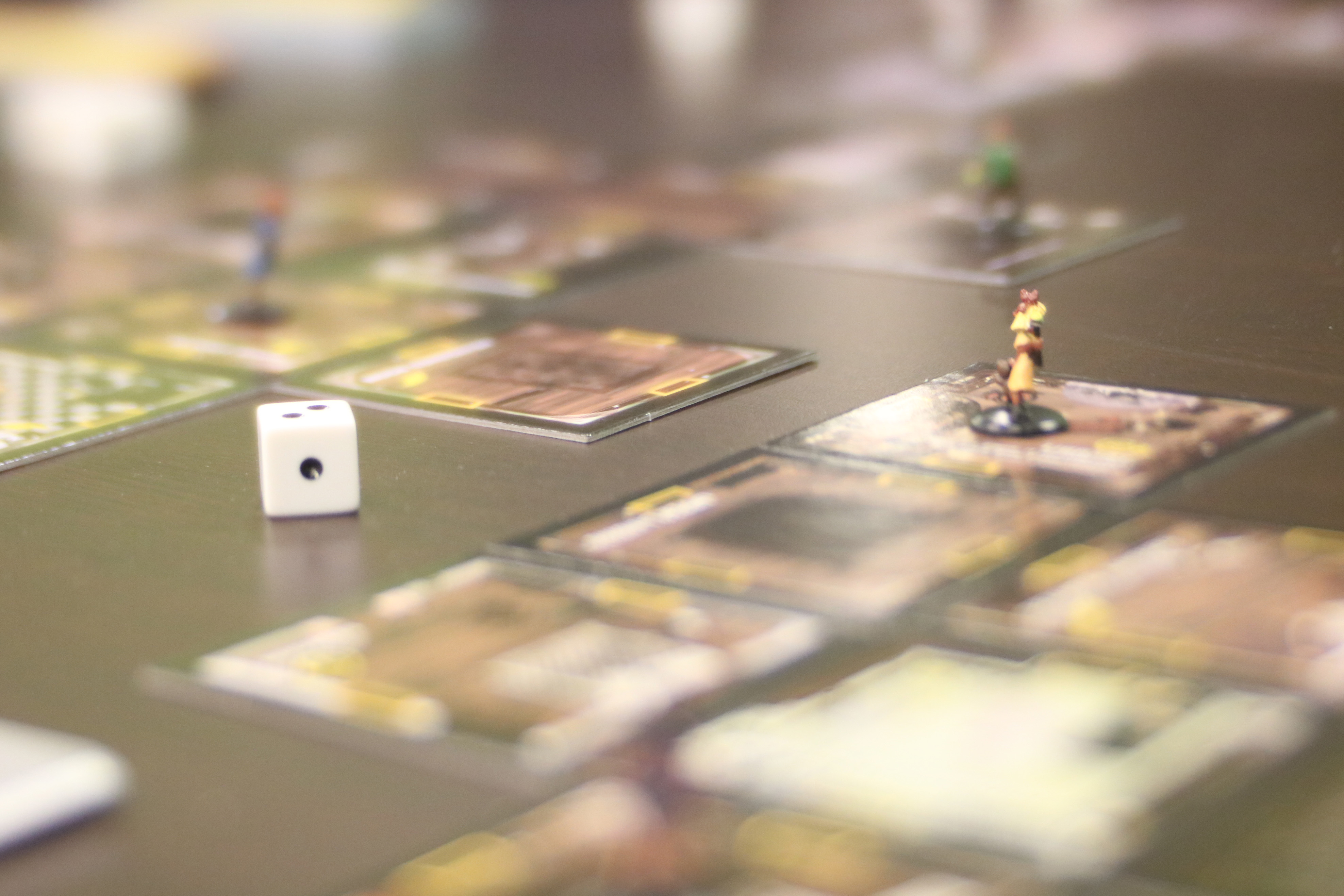As the country continues to reel from the results of the presidential election, some have been inspired to reacquaint themselves with America’s founding documents. Fortunately for Portlanders, the Oregon Historical Society’s current exhibit “Democracy’s Blueprints” aims to do exactly that.
“We figured in this election year, it would be good to put up the documents of democracy in hopes that people would read them and realize what the Constitution says,” said Kerry Tymchuk, executive director of the OHS. “This is the only place outside the National Archives in Washington where you can see these documents together.”
The documents on display are the Magna Carta, Declaration of Independence, U.S. Constitution, Bill of Rights, and Monroe Doctrine. They aren’t the originals, but Tymchuk noted that they’re about as close to the originals as you can get. And Dr. Laura Gifford, an American historian and museum docent who wrote the gallery’s background material, explained that the notion of an “original” is actually complicated.
“What we mean by original can change quite a bit,” Gifford said. “[The Magna Carta] was reissued a bunch of times over the course of the 1200s.”
The Magna Carta
Initially, the Magna Carta was a kind of peace treaty between England’s King John (of Robin Hood lore) and the rebel barons who were offended by his inability to govern. But King John rescinded it several months later, and it wasn’t reissued until after his death when his son took the throne and did so as a gesture of commitment to the English people. Over the years that followed, it was altered and reissued by other kings too.
“The way the Magna Carta has developed today as one of these pinnacles of representative government is true, and yet there is so much more complexity to that story,” Gifford said. “What does original mean? That’s not always as clear cut as we might think.”
Electoral College
In light of Donald Trump’s recent presidential victory, despite Hillary Clinton winning the popular vote, Gifford said one of the questions she gets most is regarding the Electoral College. Chris Shortell, chair of the Political Science department at Portland State, has also observed a resurgence of interest in how government works.
“It happens in close elections where people start looking at things like the Electoral College and start paying attention to the structural aspects of American politics in a way they had not previously,” Shortell said. “There are some quirks and oddities that are not immediately obvious to understand and those circumstances usually involve a reference back to those original documents.”
The Electoral College is described in Article II, Section 1, Clause 3 of the Constitution, and was later altered by the Twelfth Amendment. In response to questions about this process, Gifford first clarifies something that may surprise most of us: members of the founding generation were actually uncomfortable with the notion of democracy.
For the people, for the government
“They weren’t trying to establish a democracy,” Gifford said. “They were trying to establish a republic. In the eighteenth century mindset, democracy indicated mob rule, that anyone would have an equal voice and chaos would ensue. They wanted enlightened government by the people who were best situated to do that.”
At the time, the people considered best situated were white, property-owning males, and there were checks placed upon the influence of broader society on the government. The Electoral College was one such check.
And yet, the level of discomfort with how much power the people had also varied among the politicians of the day, specifically between the Federalists, who believed in a strong central federal government, and the Anti-Federalists, who wanted power devolved down to citizens.
“If you don’t know all of your constituents, can you really represent them? That was part of the Anti-Federalists’ concern,” Shortell said.
“Democracy’s Blueprints” also illustrates how power has ebbed and flowed among various branches of the government over time. For example, executive power increased under George Washington, Abraham Lincoln, and Franklin D. Roosevelt.
But looking at these documents doesn’t just reveal a story about power struggles; there’s a story of compromise too, and the Electoral College is an example. It was actually created as a compromise between allowing Congress to solely determine the president of the United States and allowing the people to decide.
“The Electoral College was a way of operating at a remove, and it also allowed more smaller states and larger states to have different levels of influence, but for everybody to have some level of influence,” Gifford said.
The Bill of Rights was another attempt at balancing the power of the government with that of the people, and was meant to appease the Anti-Federalists’ concerns about the government having too much control.
While the existence of the Electoral College continues to spark debate, both Shortell and Gifford agreed it’s very unlikely that it will disappear.
“A constitutional amendment would require three quarters of the states to agree that it’s time for the EC to go,” Gifford said. “Something significant in the composition of the national electorate would have to change in order for that to happen.”
The opportunity to see these documents at the OHS is due in large part to Melvin “Pete” Mark, a local commercial real estate tycoon, philanthropist, and recipient of Portland State University’s 2011 Simon Benson Award. Mark has been acquiring presidential documents and national treasures for 50 years, and this is the first time he has shared these artifacts from his private collection with the general public.
“His documents and artifacts allow us to tell the grander story of U.S. history, and then we try to work in Oregon history as well,” Tymchuk said.
This is the fourth exhibit that the OHS has constructed with pieces from Mark’s private collection, and they plan to do one each year for the next ten years. Next spring, OHS will celebrate the centennial of John F. Kennedy’s birth with another exhibit, opening on St. Patrick’s Day, featuring more items from Mark’s private collection.
Early Response
So far, the response has been overwhelmingly positive. Accompanying a replica of the U.S. Constitution is a stand full of copies of the document that visitors are encouraged to take home with them. Tymchuk said they’ve had to refill it constantly.
“It’s a great thing. People are taking [the Constitution] and reading it and knowing what it is, Tymchuk said. “I’ve seen a lot of families come through and parents telling their kids about it.”
In addition to these five primary “blueprints,” the exhibit boasts other documents too, such as letters from George Washington, a message from James Madison, and Thomas Jefferson’s 1801 Inaugural Address, which is significant because his election marked the first transfer of power from one party to another after a divisive campaign. If that sounds familiar, it’s meant to.
It’s clear from “Democracy’s Blueprints” that problems that plagued the founding generation continue to challenge us today, such as debate over the meaning of the Second Amendment or immigration and what it means to be a citizen.
At several points in the exhibit, the recent incident at the Malheur National Wildlife Refuge is mentioned as an example of how we continue to argue about the federal government’s claim to land as outlined in the U.S. Constitution’s Property Clause.
And just as the Federalists and Anti-Federalists argued over the role and size of the federal government, the same question is hotly contested among all parties now.
Gifford hopes that patrons will think about things like representation in government, a concept born in the Magna Carta and carried over to our own documents, or the peaceful transfer of power.
Understanding our foundation
“[The exhibit] is an opportunity to think about things we take for granted,” Gifford said. “And that’s even more intriguing and complicated in light of the contemporary political context. There’s a lot we just assume as part of our structure and don’t really question or examine that was at one point contingent.”
A document like the Bill of Rights might never have come to be if some states hadn’t insisted that it was legitimate and necessary, and that the Constitution needed additional safeguards even though others argued it was fine and implicitly protected people’s rights.
“We take it for granted now that they would need to be spelled out, or that it makes us more comfortable that they’re spelled out,” Gifford said. “I think it’s valuable in restoring some perspective and helping us appreciate in a lot of ways what we do have, even as we continue to have concerns or frustrations or hopes, that the process continues.”
Helping the general public better understand this process and where we’ve come from is what “Democracy’s Blueprints” is all about.
“I hope people will take away an appreciation of democracy and what it means,” Tymchuk said. “And also the constant challenges we’ve had over the years as we’ve built democracy. Everything is still as relevant today as it was two hundred years ago. And history does tend to repeat itself.”
If that isn’t comforting, perhaps museum-goers will find solace in another, older adage that this exhibit invites us to remember: “This too shall pass.”
The OHS Museum is free for educational groups and Multnomah County residents. “Democracy’s Blueprints” is open until February 1, 2017.






